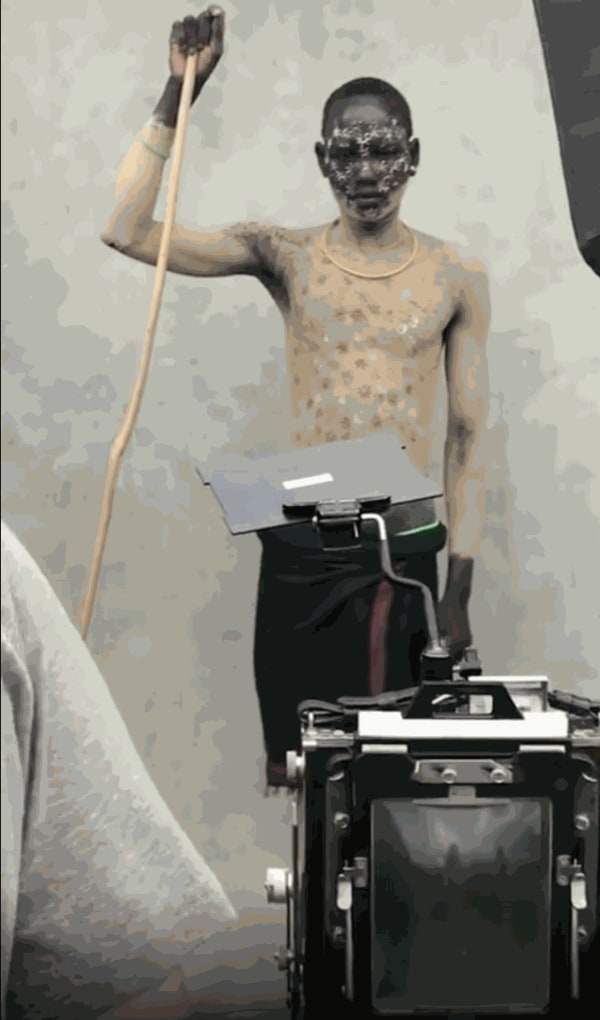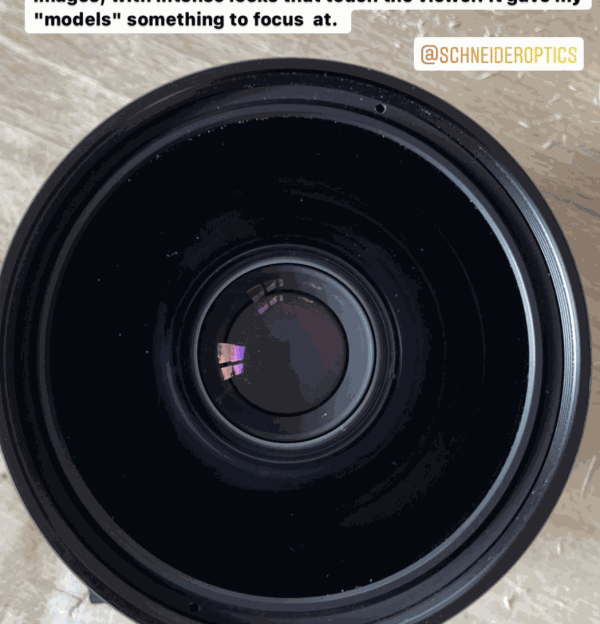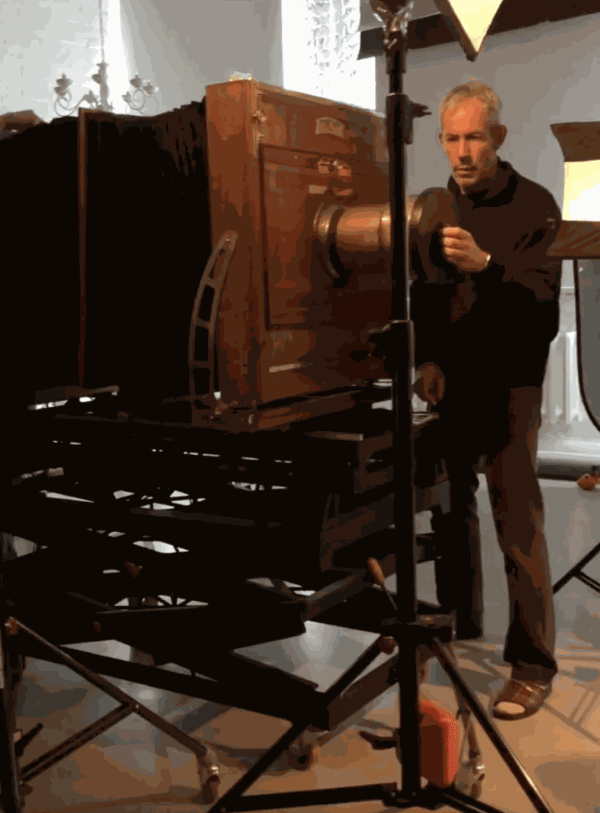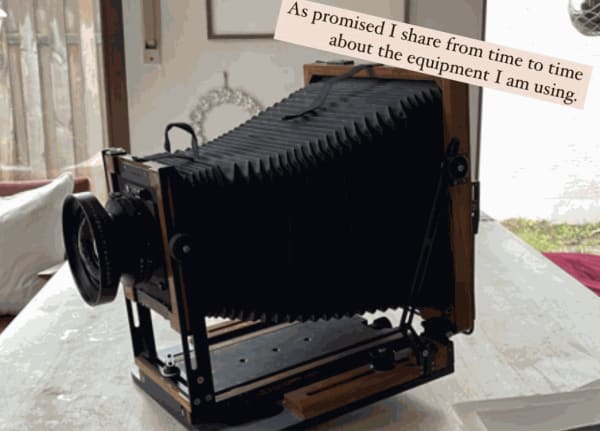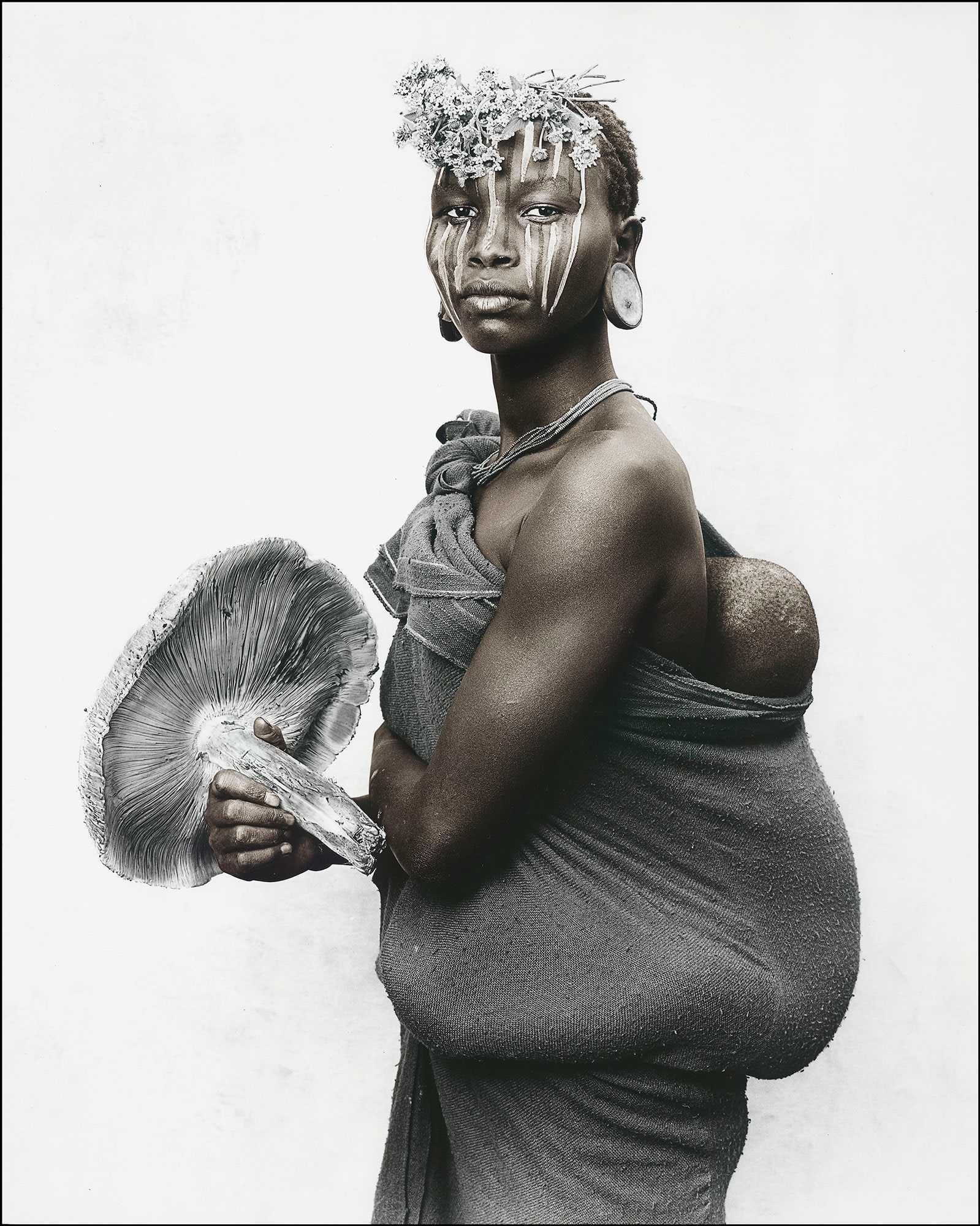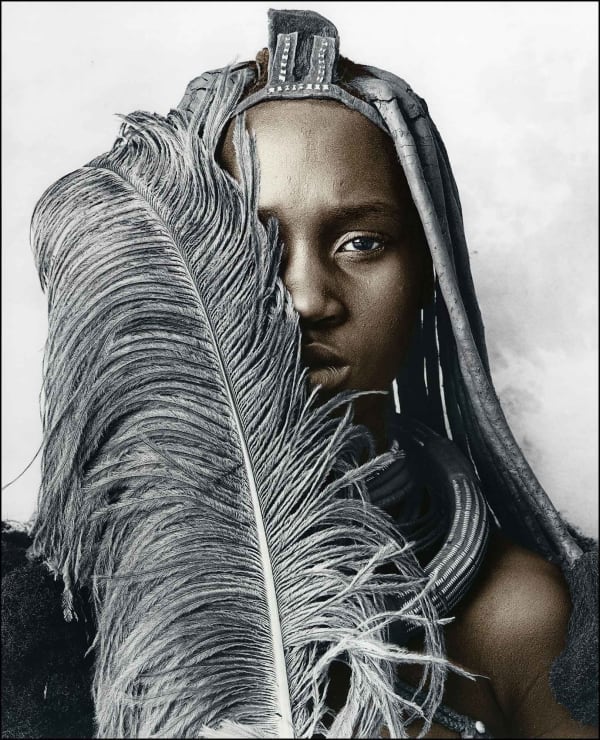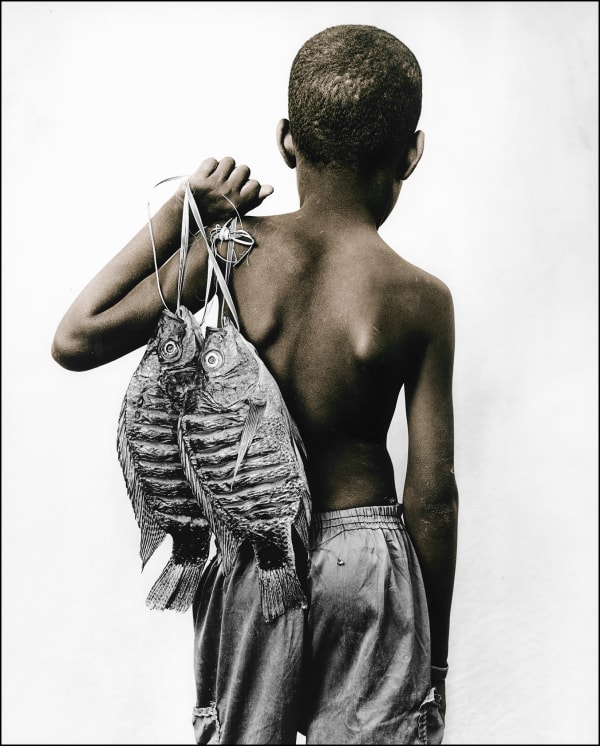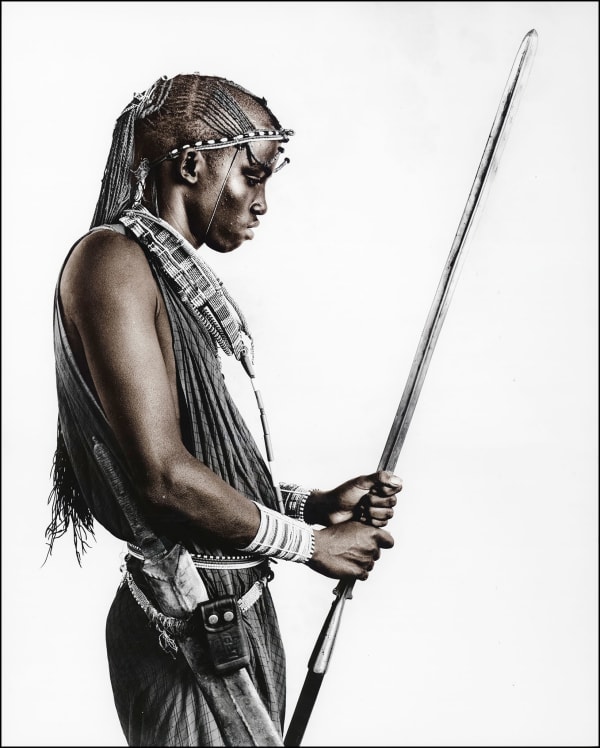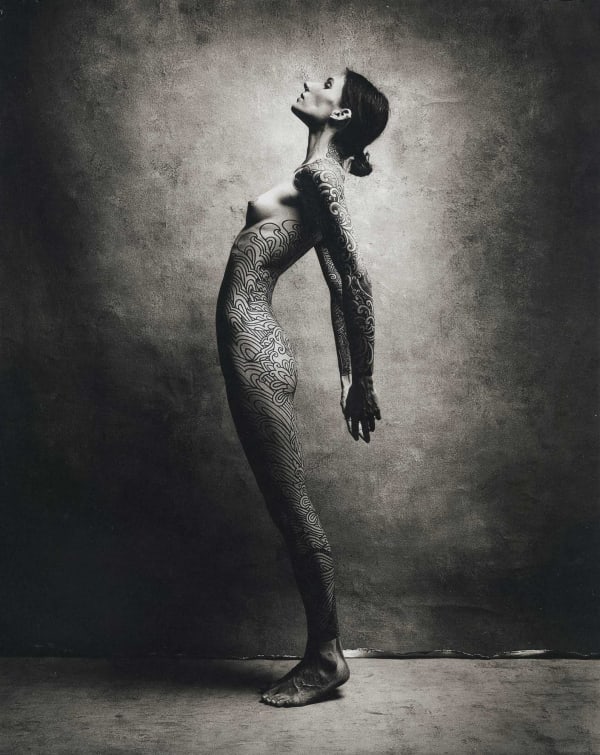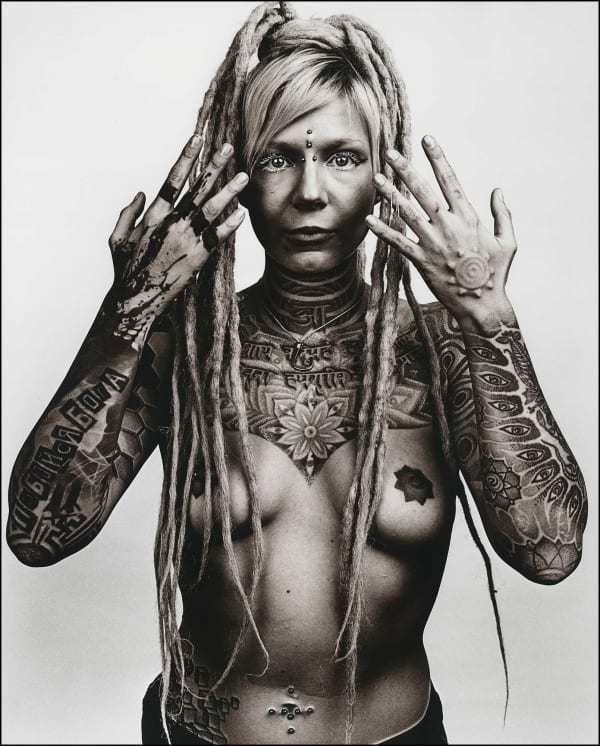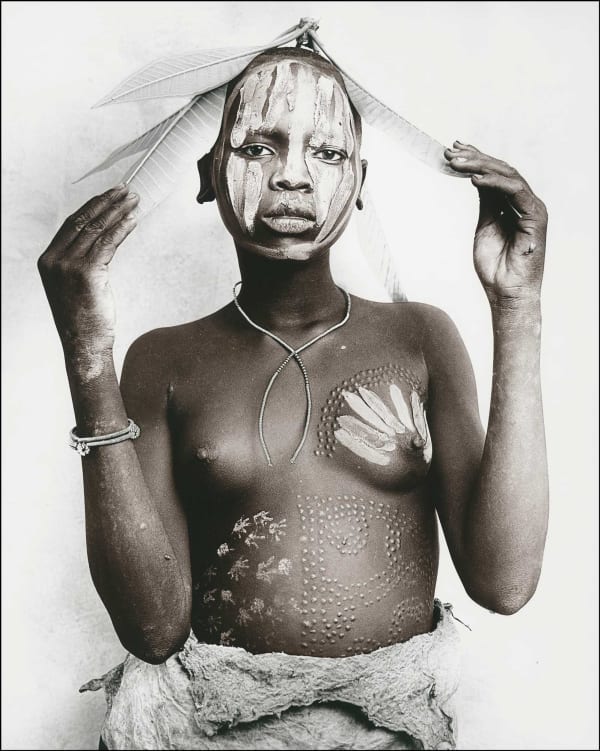The viewing room offers you an insider's view into Jan C. Schlegel's photographic practice and statement spanning the past three decades, showcasing making-of videos, quotes and anecdotes.
-
"I needed to understand why I see the world the way I do, what is important to me, what fascinates me, where I find inspiration, what I want to show the world, and why… I realized that photography or taking pictures is not my goal, it is simply a tool. I don’t want to just create photographs, I want to create feelings, emotions. I want to impact the viewer. That is much more meaningful and needed today. "
Jan C. Schlegel
-

-

-
Photographic Techniques
From shooting to Printing -
Jan Schlegel is one of those passionate photographers always keen on facing new challenges. Excluding any type of manipulation, he is more interested in the infinite variations offered by various cameras and printing techniques. With a preference for the ancient analog medium and large formats, he can also be found searching for discontinued Polaroid 809 film online or manipulating a 60x50 cm camera with the help of a friend. Additionally, while investigating ancient printing techniques, from ferrotypes to platinum, his insatiable curiosity often leads him to develop new methods which only he knows the secret of, such as platinum iridium, platinum rhodium or selective toning on gelatin silver prints.
-
Cameras & Lenses
"The reason I used that lens for pictures of the tribes is not so much for its outstanding resolution, but due to the size of the front lens: it is so huge that people I took pictures of could see themselves as if they were looking into a mirror. It gave the '"models" something to focus on and helped creating images with intense looks."
For his Essence series, Schlegel's studio is nomadic. His photographic arsenal has to be compact and foldable as he seldom carries more than 100 individual 4 × 5 sheets of Kodak Tmax 400 negative film on any given expedition. While he sometimes uses a Linhof Master Technika 4x5 for its flexibility and small size, his camera of choice is a handmade wooden Ebony (SV45 Ti) 4×5 field camera with a tack-sharp Schneider 150 mm APO f 5.6 or S 6,8/360mm Symmar lens. A simple grey canvas backdrop, and a Profoto portable flash system outfitted with a 90 cm softbox complete his set.
In the opposite, his Tribes of Our Generation or Muses series are mostly shot indoors, allowing Schlegel to make use of heavier gears such as his Donchev Camera. He also favors a Chamonix View Camera 8x10 with a Schneider Symmar S 6,8/360mm for studio works like portraits and flower bouquets as their negative has sharpness and depth.
-
Essence
2009 - OngoingDef.: Essence is the attribute or set of attributes that make an entity or substance what it fundamentally is, and which it has by necessity, and which without it loses its identity. -
For "Essence", Schlegel aimed to convey the beauty, dignity, pride, and hope of a people who both live and cherish native traditions and cultures.These include tribes from Kenya (Turkana and Rendille, Pokotand Massai), Ethopia (Mursi, Suri, Ebore, Hamar, Kara), Namibia (Himba), as well as Egypt and Lybia (Beduine), Algeria (Taureg), Afghanistan (Hazar and Nuristani), and Pakistan (Kalash and Pashtun). Using a handmade wooden camera, Schlegel captures details, textures, scars, imperfections; and via an abiding intimacy and intensity, the intrinsic humanity that he seeks.
-

-
" With over 60 countries and innumerable photography excursions under his belt, it was clear from the outset that Jan was among the most adventurous and seasoned travelers and photographers I had ever had the privilege to meet. [...]
Schlegel is absolutely committed to capturing the spirit of each subject through studied contemplation of individuals, faces, clothing, ornamentation, and the eyes that echo the windows into the soul of a community. In this way, he seeks to honor the integrity, beauty, and dignity of the Other by evoking the indomitable soul and tribal ethos of these surviving spirits of the forest and desert. "
Rubén G. Mendoza, PhD, CSU Monterey Bay
Excerpt from "Essence", Seltmann Publishers, 2017
-

Mother with mushroom, Suri tribe, Ethiopia, 2018
"This picture was taken in a village of the Suri tribe mountain range near the border to South Sudan. When I asked this young mother if I could take her picture, she slowly walked towards my little studio I had set up. Standing in front of my camera, she behaved like a supermodel knowing how to look and pose. She turned her head perfectly towards me and looked straight into the camera like it would be the most normal thing for her. I released the shutter of my 4x5 camera and here it is."
Jan C. Schlegel
-

Mabruko, Bedouin Tribe, Egypt, 2009
-
Tribes of Our Generation
2015 - Ongoing -
“Tribes of Our Generation” is a series featuring underground YouTube or Instagram influencers from Northern continents. While strangers to those who are not a part of that specific subculture, they act as role models to their large online community. Suggesting an alternative to a normalized society, they recognize themselves through common subjects of interests such as body modification, tattoos, piercings, fashion and music. These people might initially appear unusual, strange or even scary to the ones outside their group; however, Schlegel’s pictures strip these artifacts to restitute the core essence of these individuals.
Beyond these inherent topics, Jan Schlegel’s talent resides in his ability to capture individuals in their most vulnerable state: their humanity. When facing his portraits, clothing and ornamentation are quickly overshadowed by what transpires through the model’s body positions and gaze. It truly is their soul which is pushed to the forefront.
.
-

Nahal D. #5, Australia, 2016
Followers: 227k
-
Process Videos
-
-

Anna R, #7, England, 2016
Followers: 95.5k
-

-
 Jan C. Schlegel, Noemie #1, 2021Followers: 101k
Jan C. Schlegel, Noemie #1, 2021Followers: 101k -
" The social and cultural history of tattooing has witnessed the tattoo evolve through symbolic expression of community and personal status, an expression of self-mutilation, an exterior signifier of a deviant or criminal personality, as an individualised symbol, as a major contemporary art form and a sign of gendered self-determination. As such, the story of tattoo culture is one that is a chronicle of a human bodily art form characterised by processes of ceaseless flux and transformation, from tattooing techniques to societal attitudes to individuals who wear tattoo designs."
― Lee Barron, Tattoo Culture: Theory and Contemporary Contexts
-
"You experience that they appear fragile and naked, not only in the flesh, but also in the indirect, psychologic meaning of the term. It is all because of their eyes."
When you look at the pictures in Jan C. Schlegel's new series, the model's eyes are the last thing you think about. You look at their tattoos and piercings; the artistic hairstyles; the skinny, naked bodies; the details on their skin. You might even have a peek at their breasts and nipples. There is nothing wrong about that. Their nakedness is not sexual.
Everything is just beautiful. And you might discover, gradually, that these people, the ones that many people avoid in the street, look nice and friendly. You experience that they appear fragile and naked, not only in the flesh, but also in the indirect, psychologic meaning of the term. It is all because of their eyes. That is the single and most important, special quality that turns these pictures into art. [ ... ]
After years of hard work Jan C. Schlegel discovered the key. He found a way to communicate with people from different cultures. He developed a method that is universal and humanistic, which works either he photographs indigenous people or IT-girls. It has nothing to do with language. It is all about trust, about using your eyes and body language to communicate. It is about having enough time and being able to see and respect people as they are. If you add Jan C. Schlegel's technical skills, you encounter an artist who has the rare combination of technical and aesthetic personality. If you add Jan C. Schlegel's technical skills, you encounter an artist who has the rare combination of technical and aesthetic personality. He works with traditional black and white film in a large format camera, and nothing is digitally edited. He has developed his own method of toning parts of his black and white prints. His pert ectionistic demands add a special quality to the handmade prints, and because of the special toning process each print has its own individuality.
Excerpt from: "It is all about the Eyes", an essay by Lars Elton
-
Geographically and culturally distant, all of these characters are contemporaries. Whether voluntarily self-marginalized or as a result of a vanishing way of life, they can be considered as minorities within their dominant societies. The indigenous cultural markers of the first ones have been reappropriated by the latter to serve a similar purpose. Read in conjunction, these two series echo and reverberate a peaceful act of resistance to the effects of modern cultural globalization.
-
" It is all about their eyes."
Lars Elton





